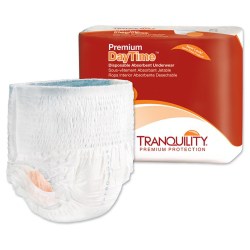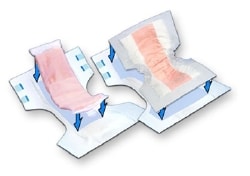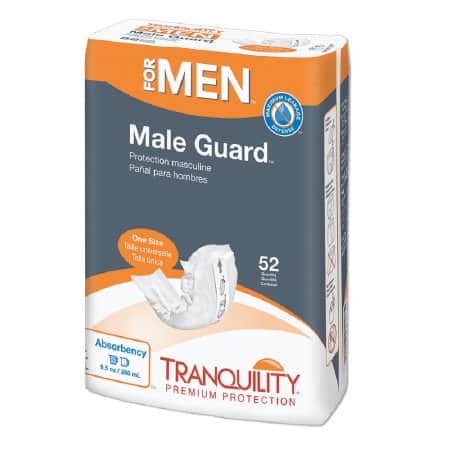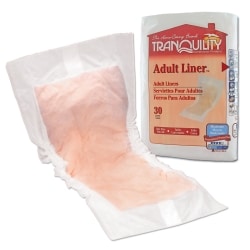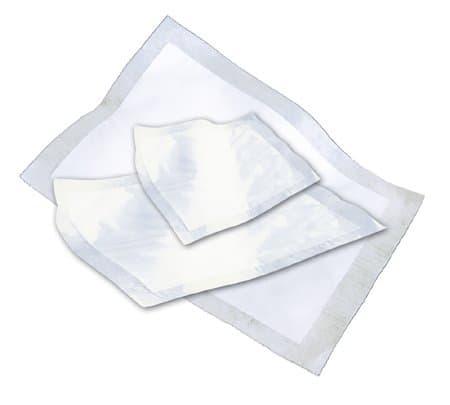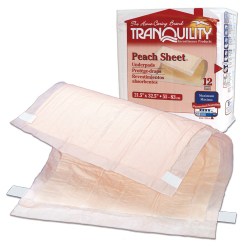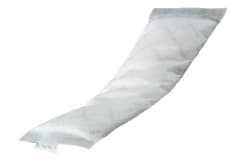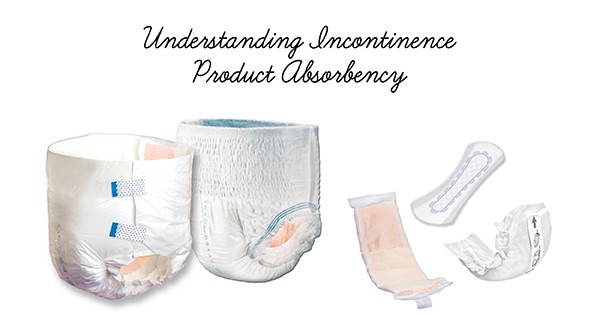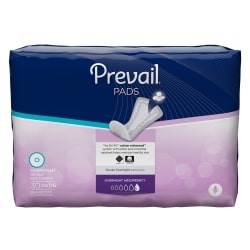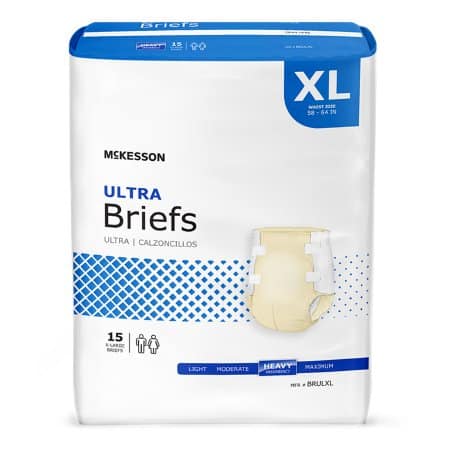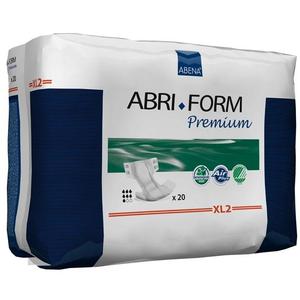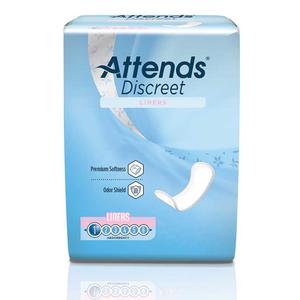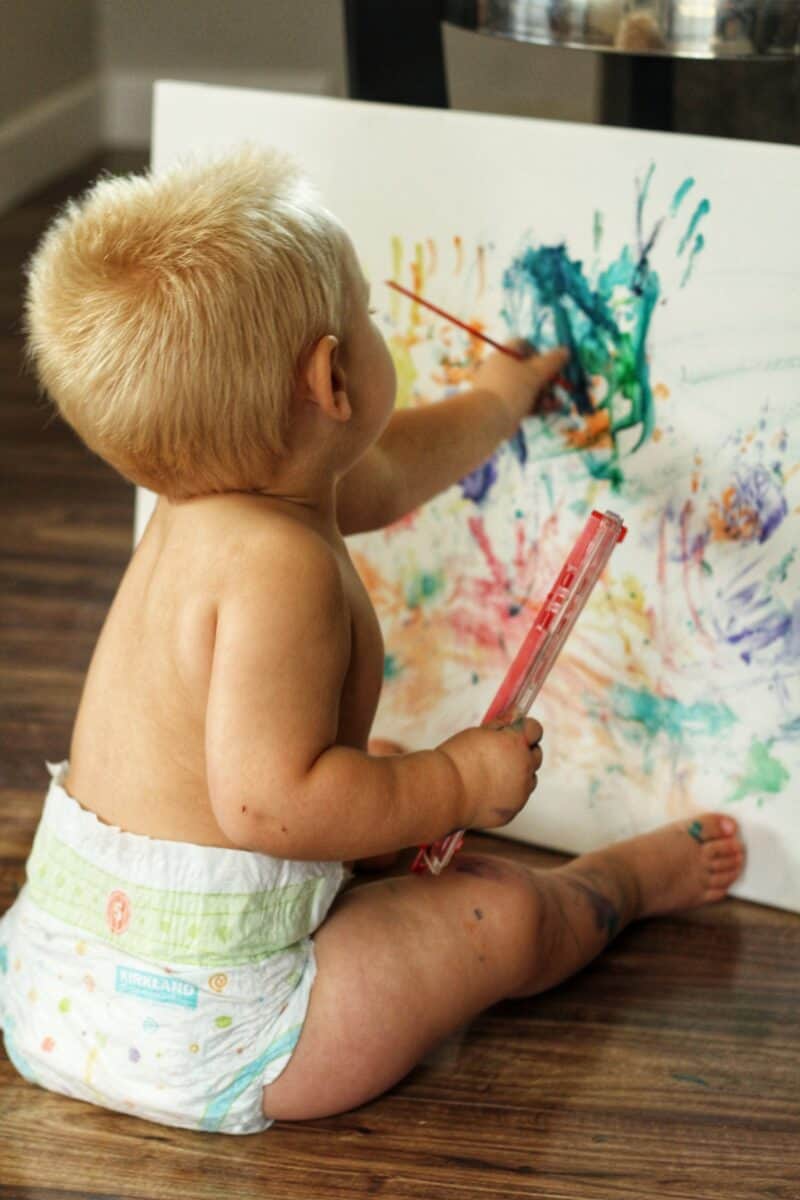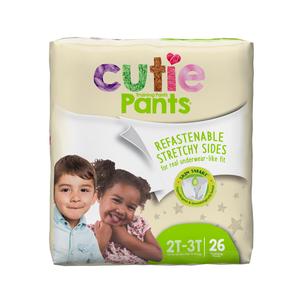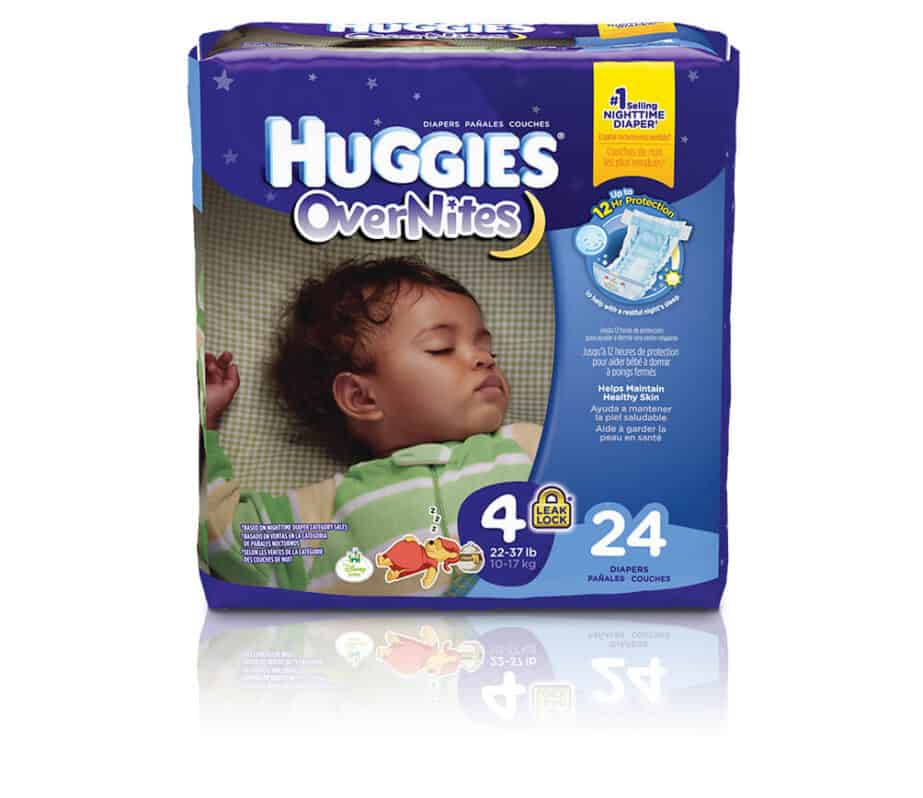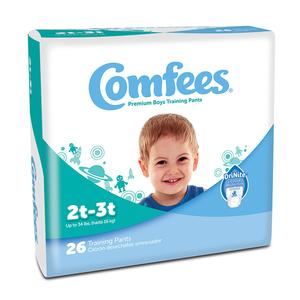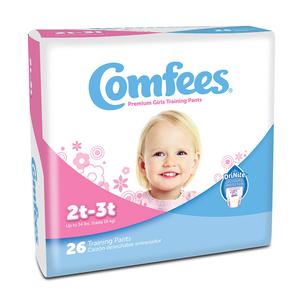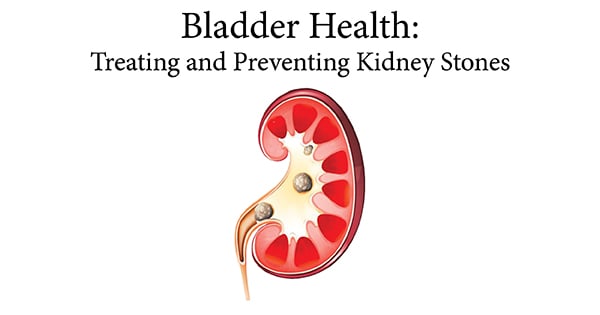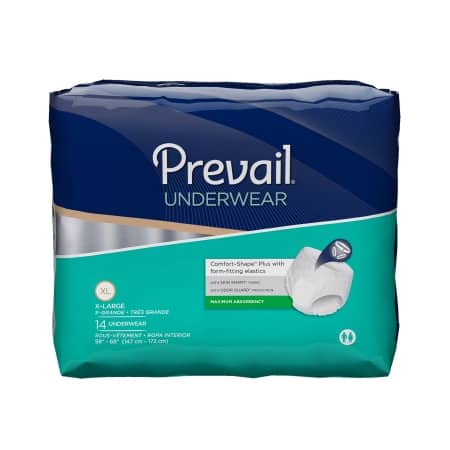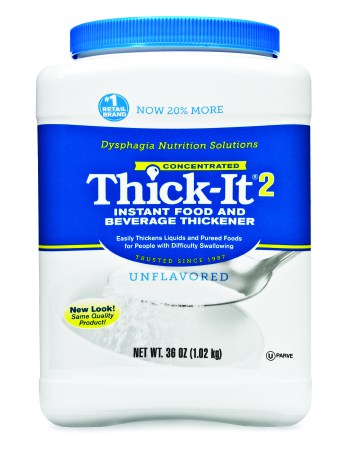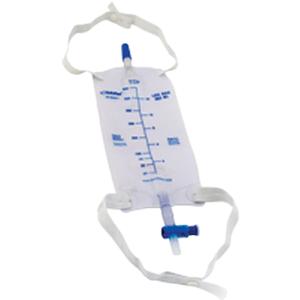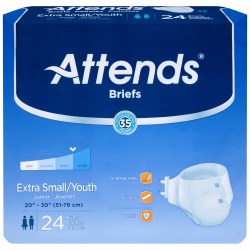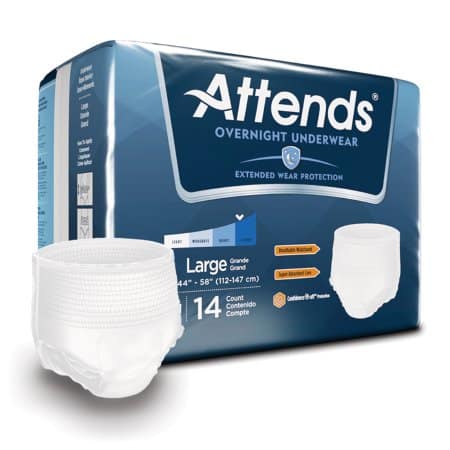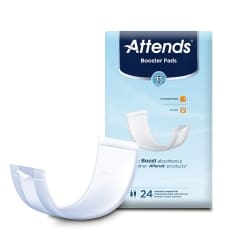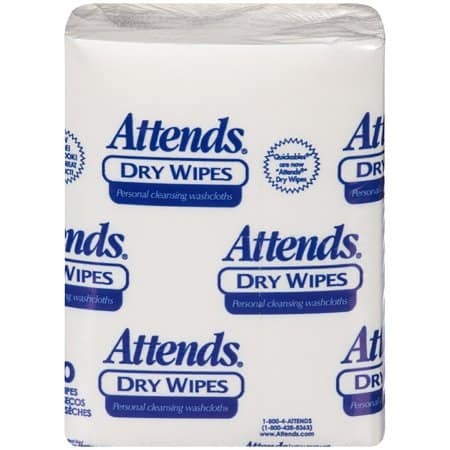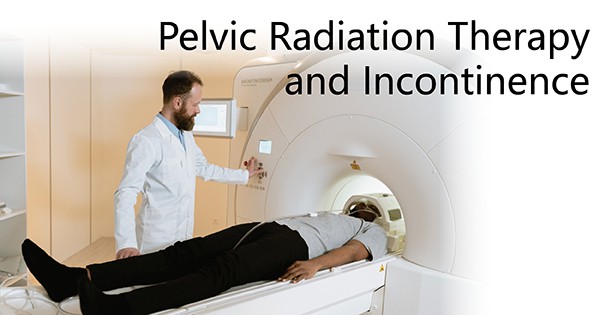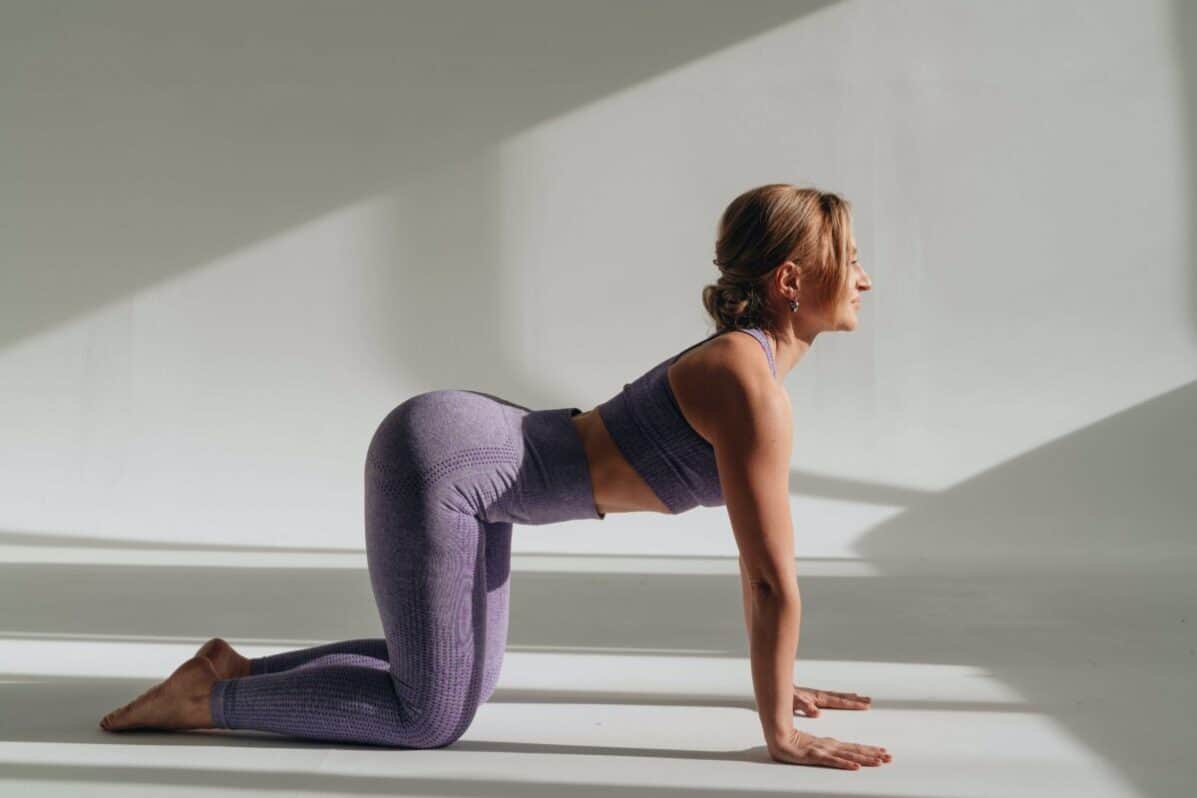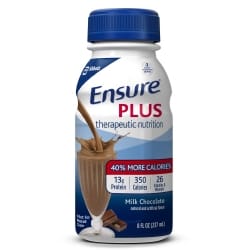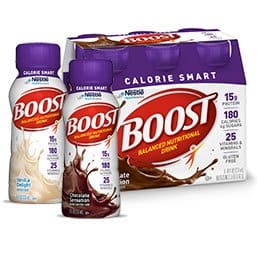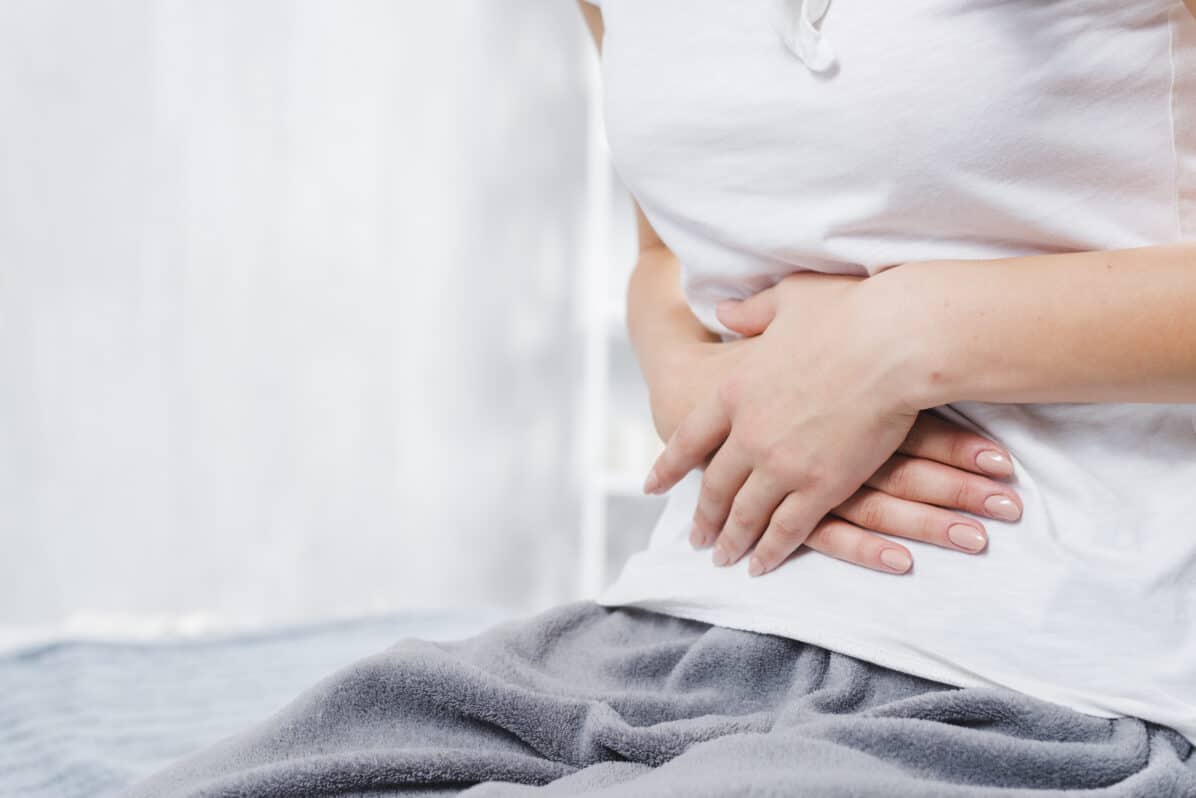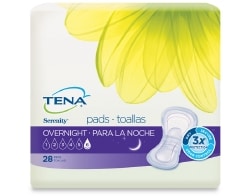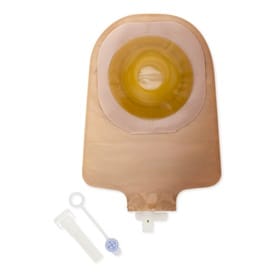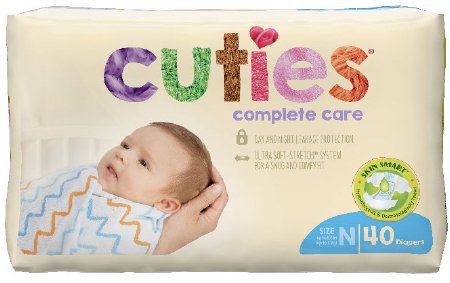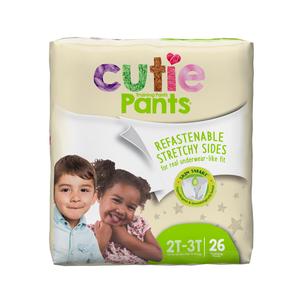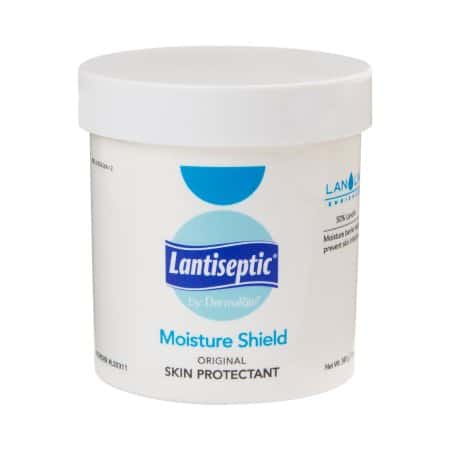When it comes to developing products to help manage incontinence, the Tranquility brand stands out amongst the competition. Tranquility is a women-owned family business owned by Principle Business Enterprises (PBE). The Tranquility product family aims to produce the most absorbent products that deliver the best protection so users can focus on the things they enjoy most in life. Comfort, confidence, and freedom are the driving factors when it comes to Tranquility’s commitment to caring for people’s needs. Tranquility incontinence products serve individuals in their homes, clinical settings, nursing homes, and Veteran’s facilities.
Tranquility incontinence products are broken into three different sub-brands: premium, essential, and specialty. We’ll discuss each of those brands and what makes them unique.
Tranquility premium incontinence products offer the highest level of protection while remaining comfortable for the user. The Tranquility premium line of products ranges from pads, briefs, protective underwear, and underpads in various absorbencies and sizes. These incontinence products are offered in men’s, women’s, and unisex styles.
The Tranquility premium line of products include:
Briefs
Protective Underwear
Pads, Liners, and Absorbent Sheets
Underpads
Tranquility essential products are high-quality incontinence products for moderate to heavy incontinence. The essential line offers superior comfort along with reliable performance. The Tranquility essential line of products ranges from pads, briefs, protective underwear, and underpads in moderate to heavy absorbency levels. These incontinence products are offered in men’s, women’s, and unisex styles.
The Tranquility Select and ComfortCare Incontinence Products are currently transitioning into the essential line of products.
The Tranquility essential line of products include:
Briefs
Protective Underwear
Pads
Underpads
 Tranquility specialty products are designed for specific uses in mind. Currently, the Tranquility Swimmates Disposable Swimwear is the only offering in this line. Swimmates adult swimwear are made for men and women to wear underneath their regular bathing suit. This disposable swimwear for adults is for those with minor urinary and bowel incontinence. Swimmates Disposable Swimwear can be worn discreetly, comfortably, and confidently in public so adults can swim and wade in water without worrying they are securely protected.
Tranquility specialty products are designed for specific uses in mind. Currently, the Tranquility Swimmates Disposable Swimwear is the only offering in this line. Swimmates adult swimwear are made for men and women to wear underneath their regular bathing suit. This disposable swimwear for adults is for those with minor urinary and bowel incontinence. Swimmates Disposable Swimwear can be worn discreetly, comfortably, and confidently in public so adults can swim and wade in water without worrying they are securely protected.
As you can see, we carry a large selection of Tranquility incontinence products. We also offer Tranquility Personal Cleansing Wipes and Pillow Paws fall prevention socks. If you need any assistance finding the Tranquility products for your needs, our Product Experts can help.







